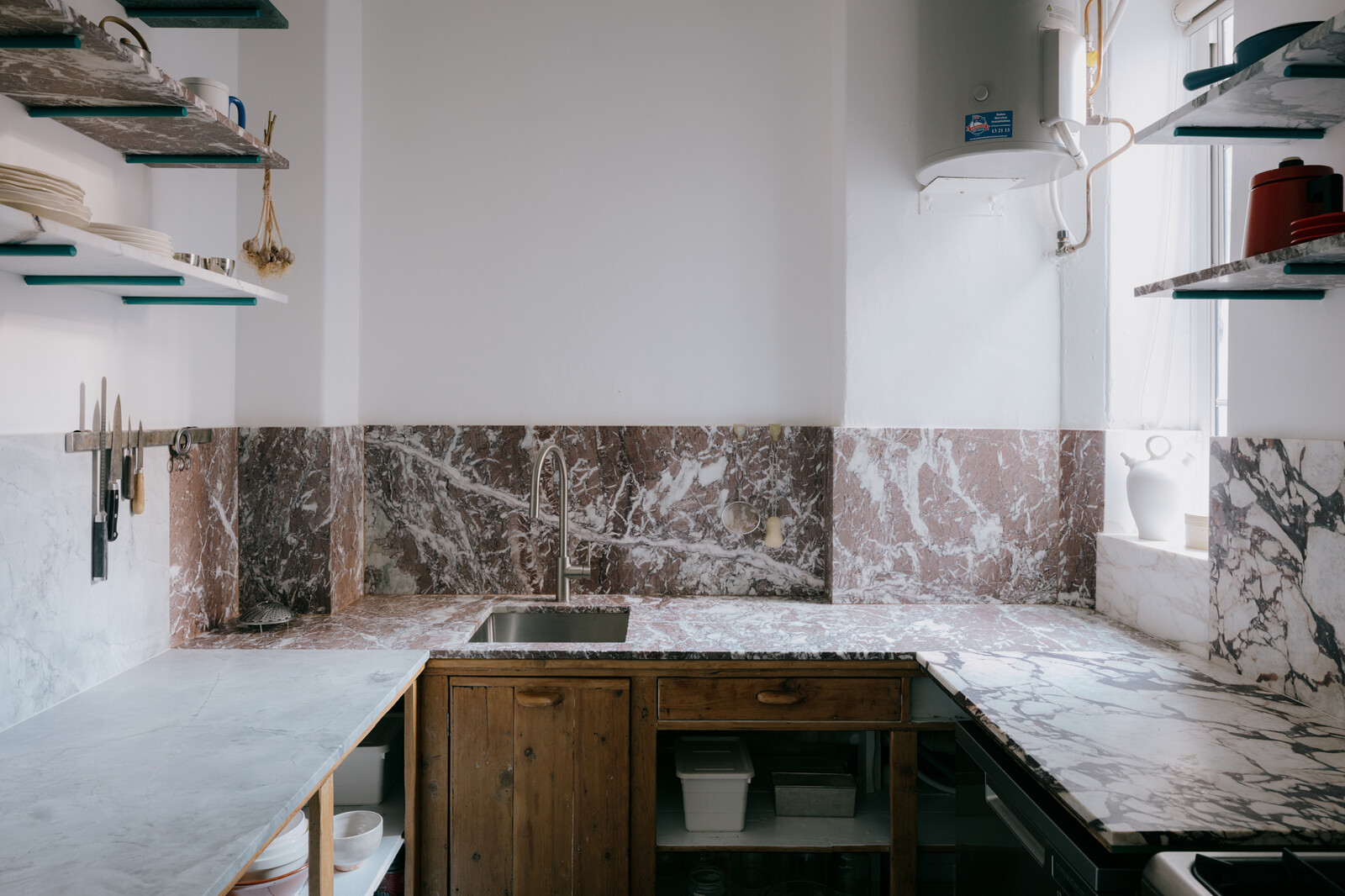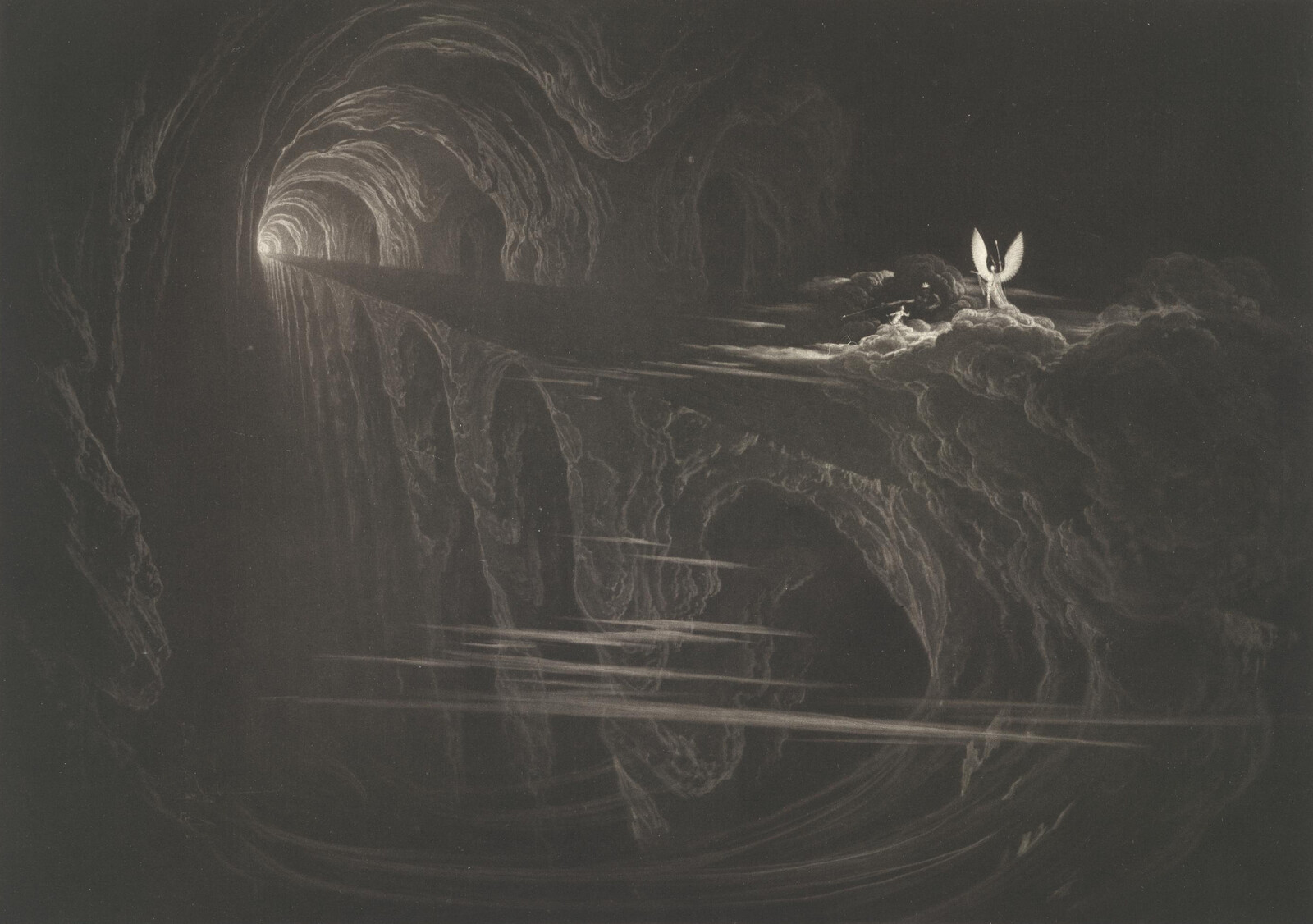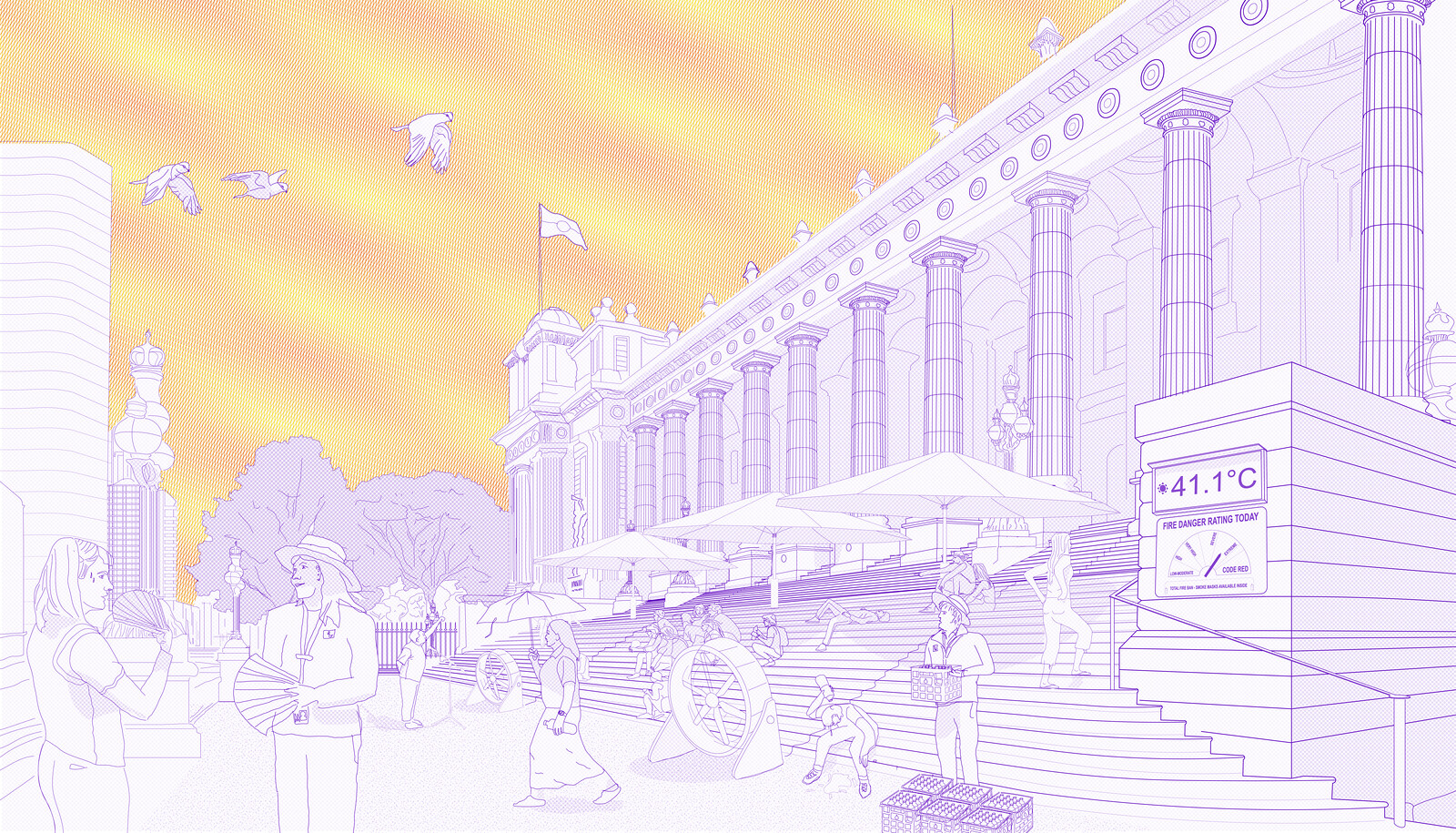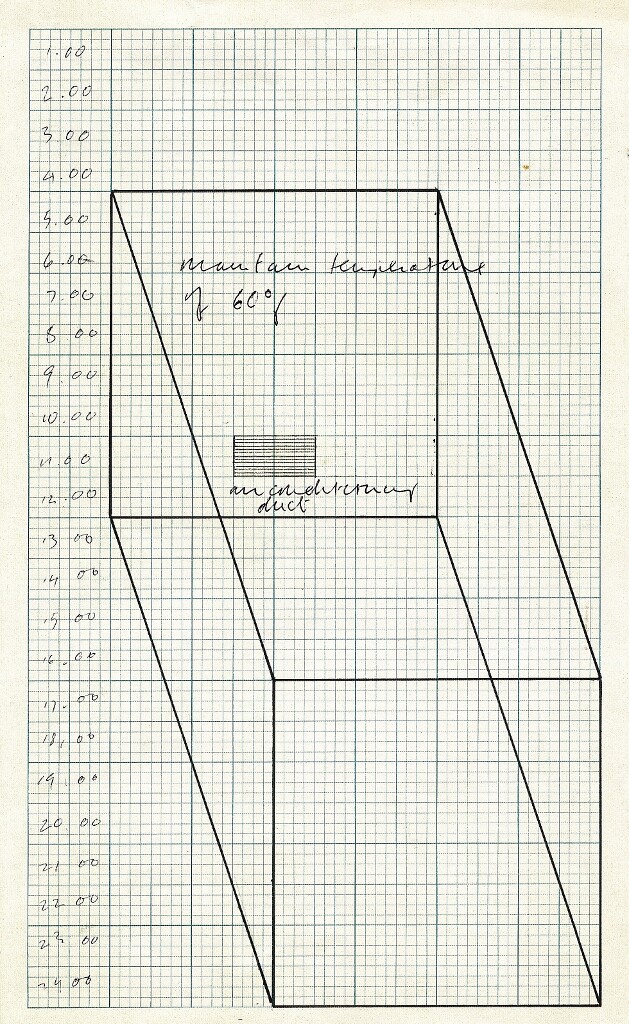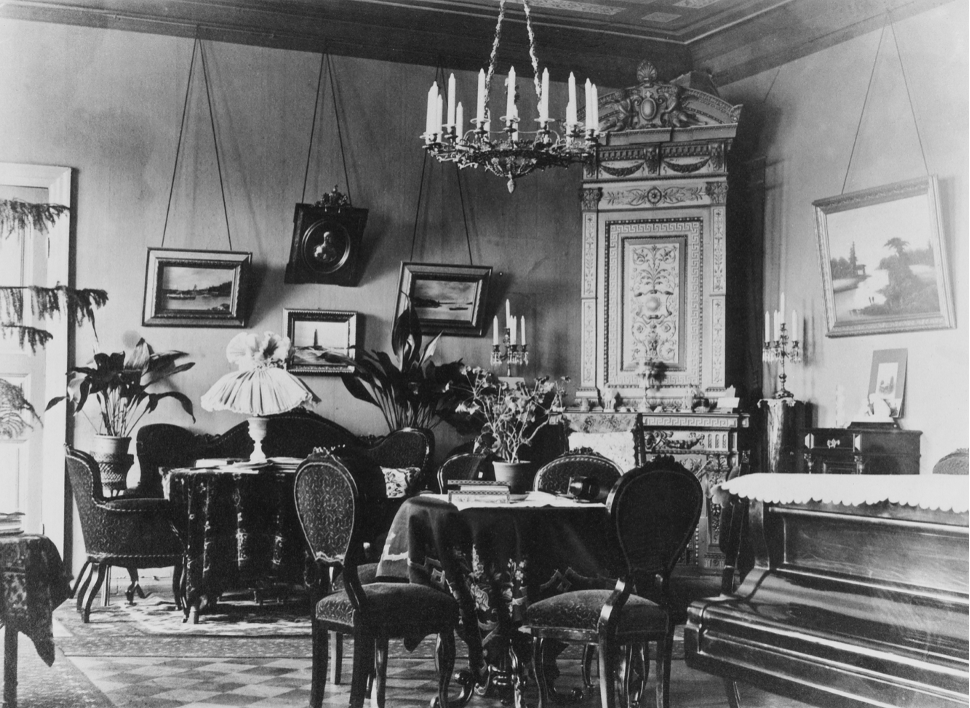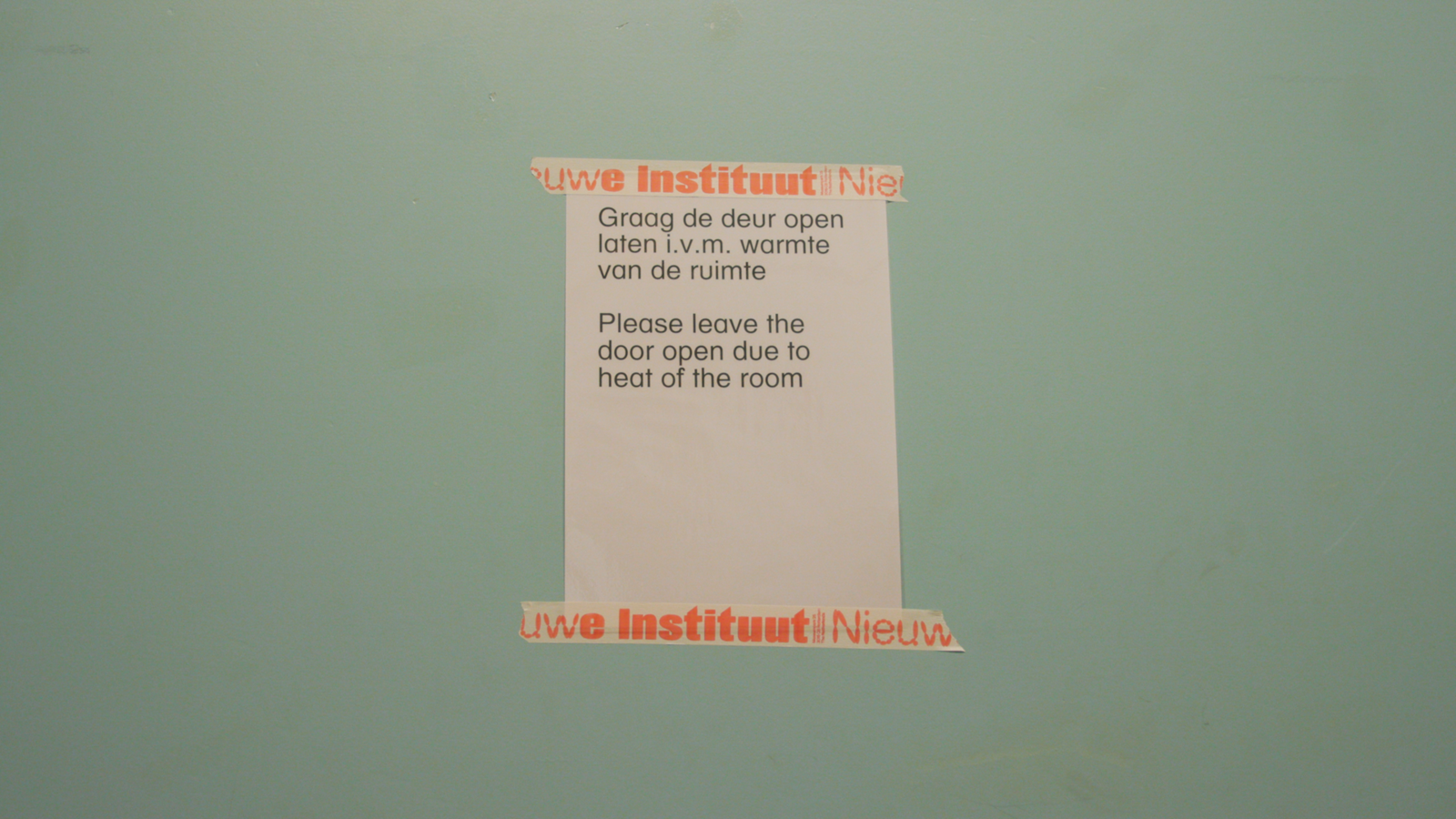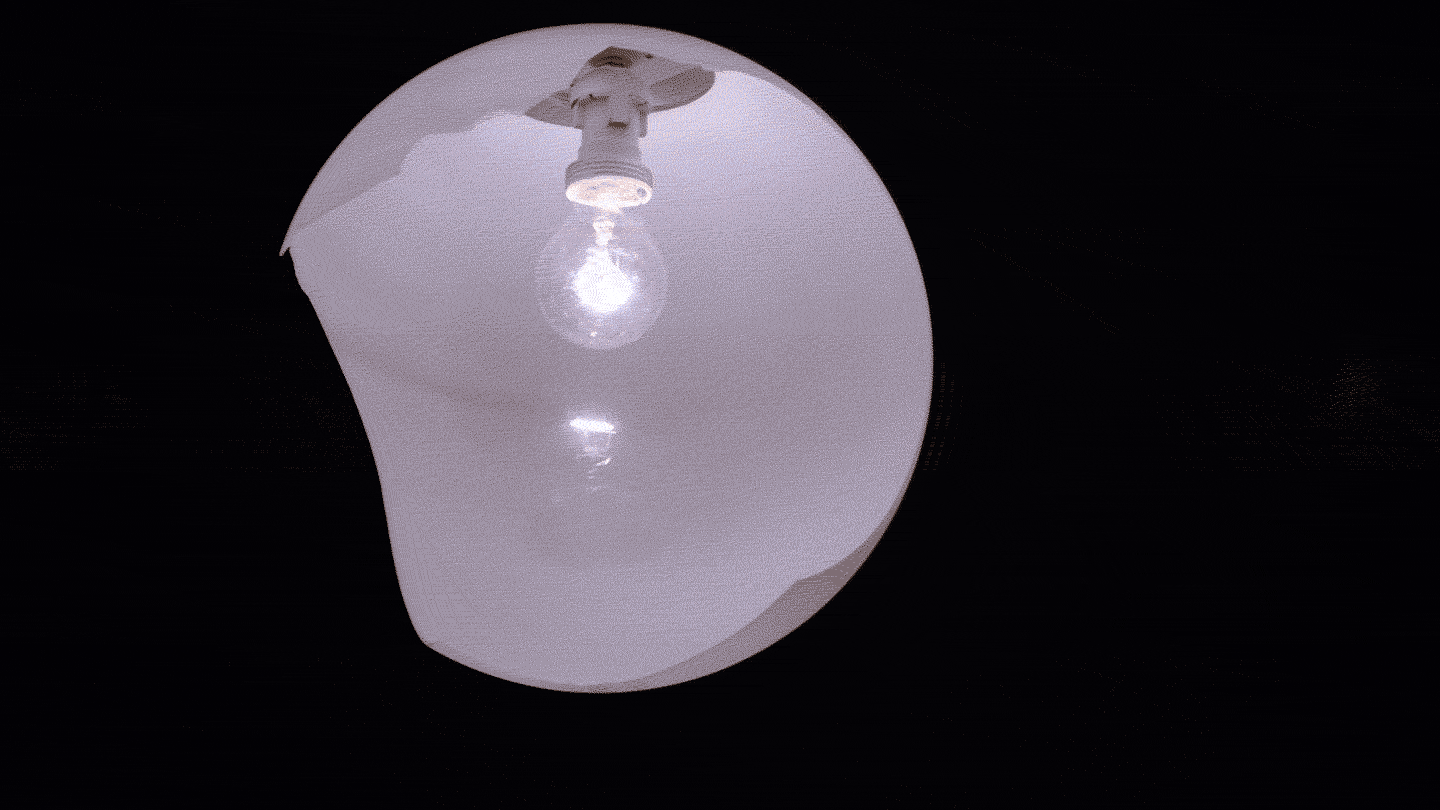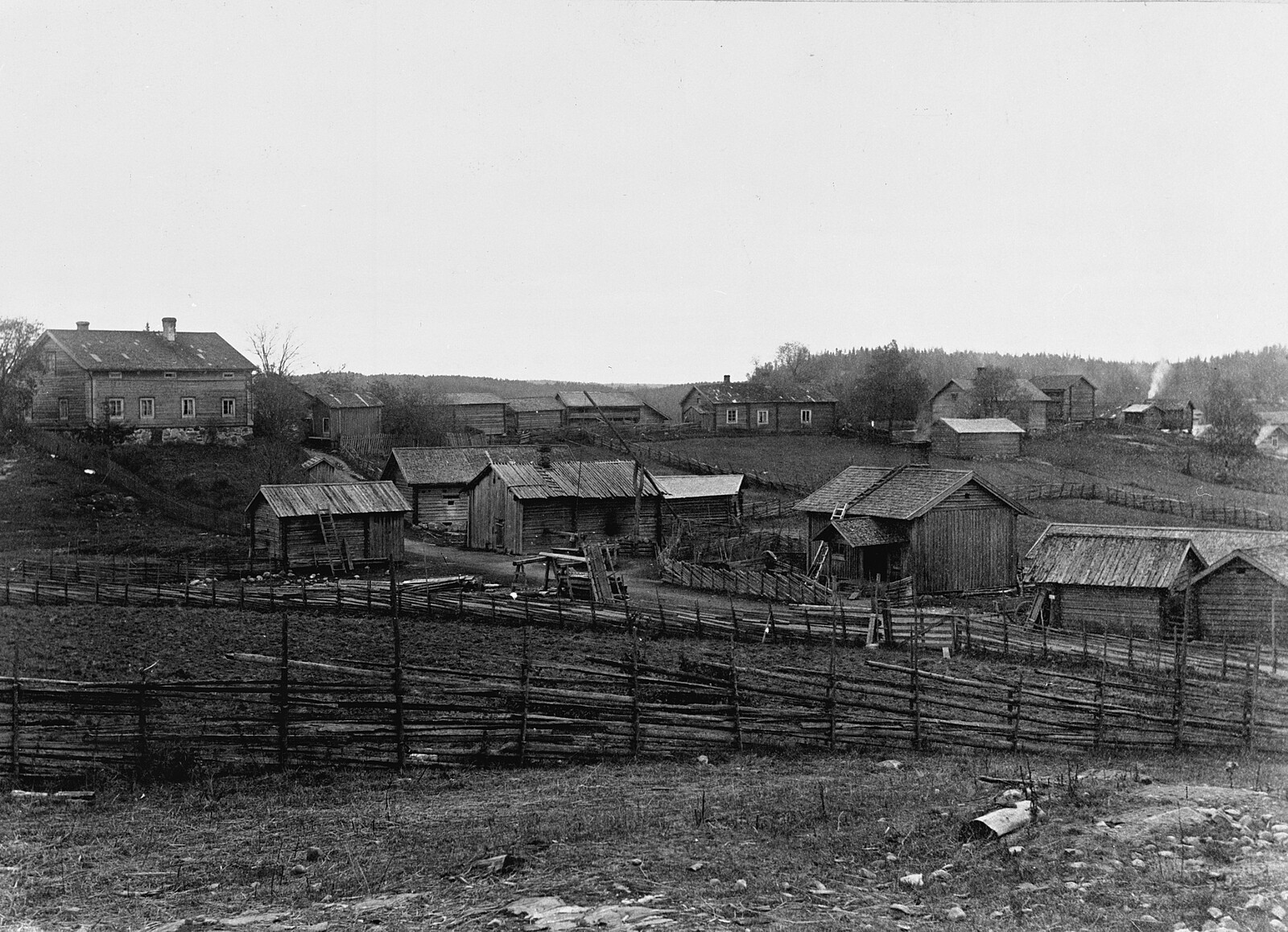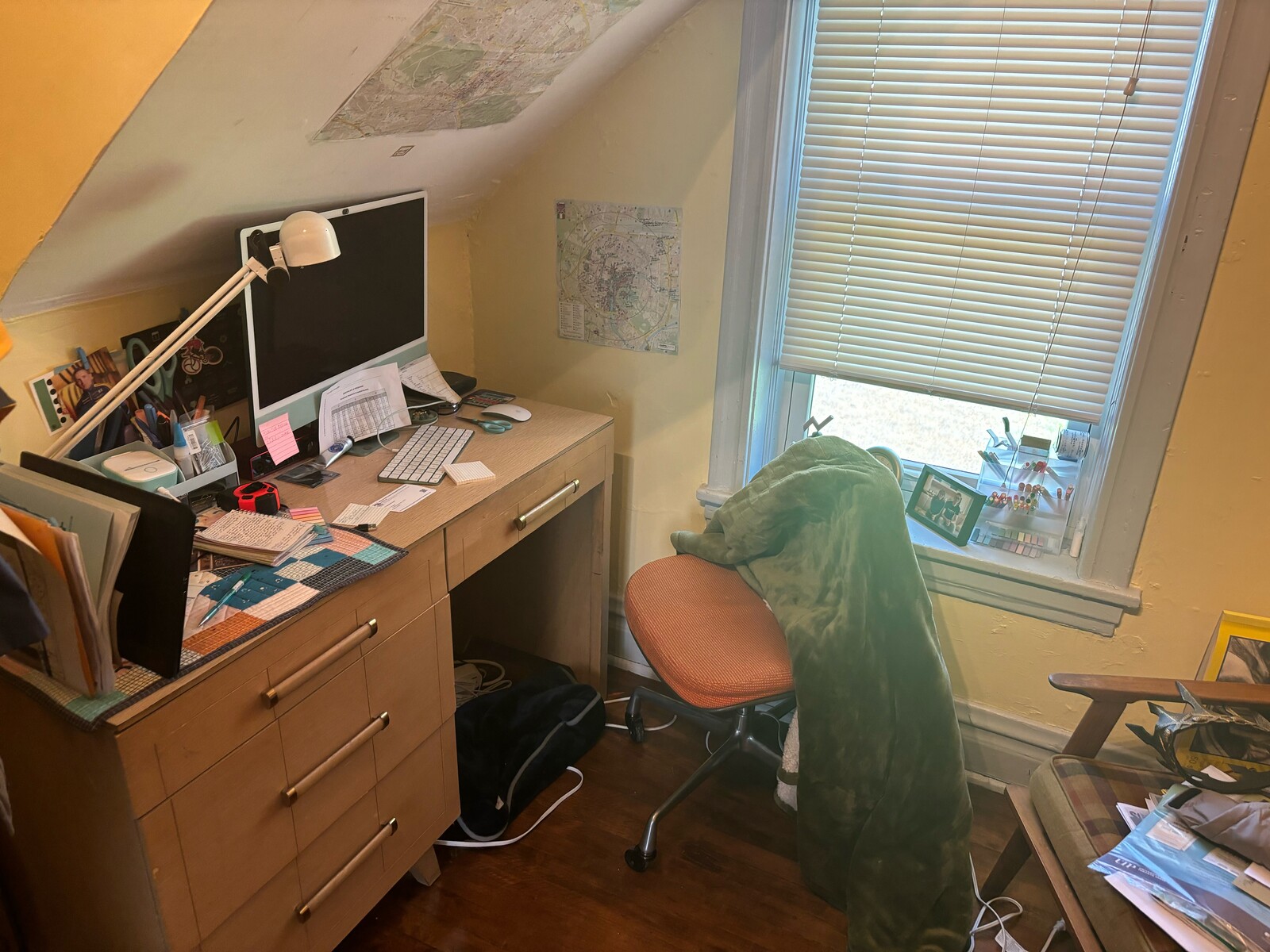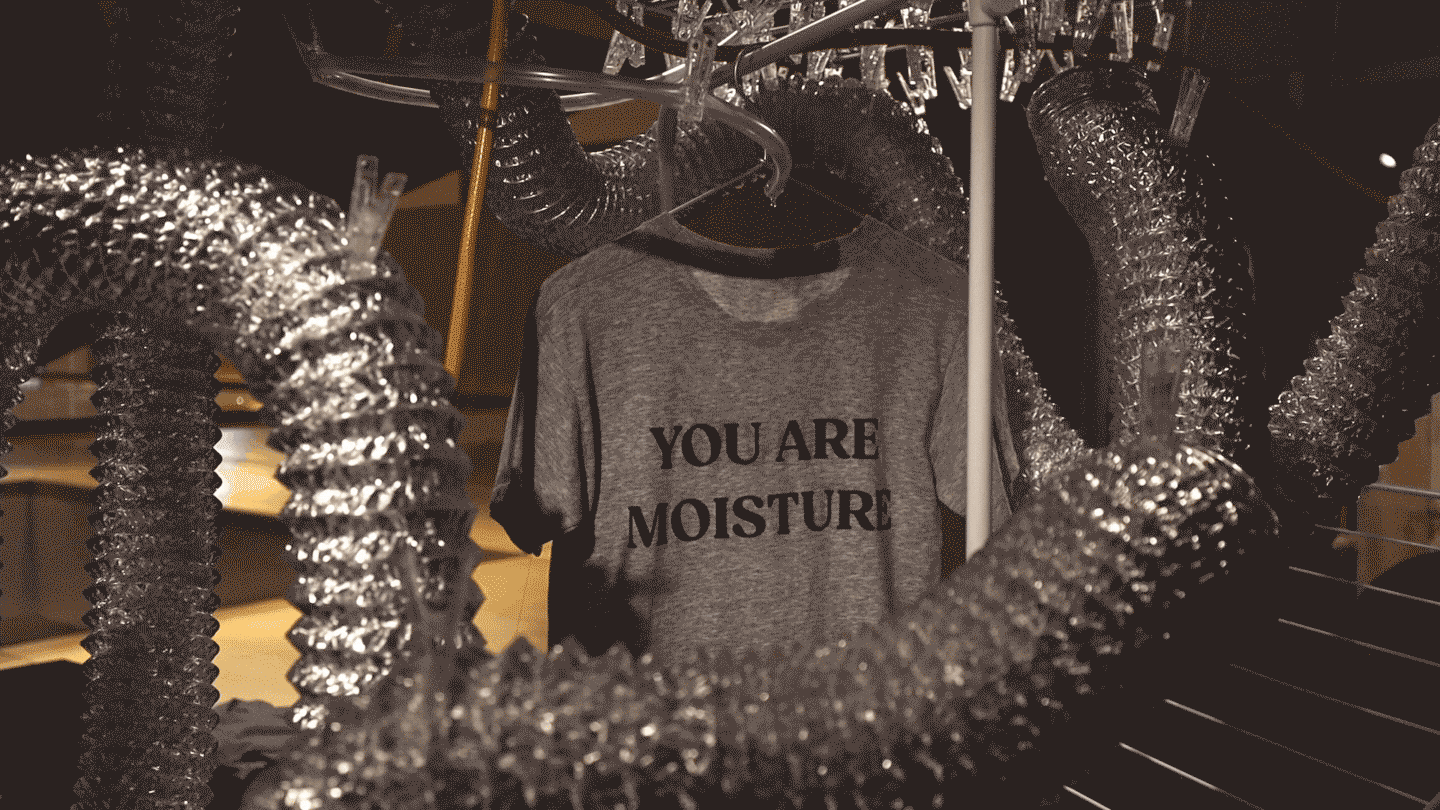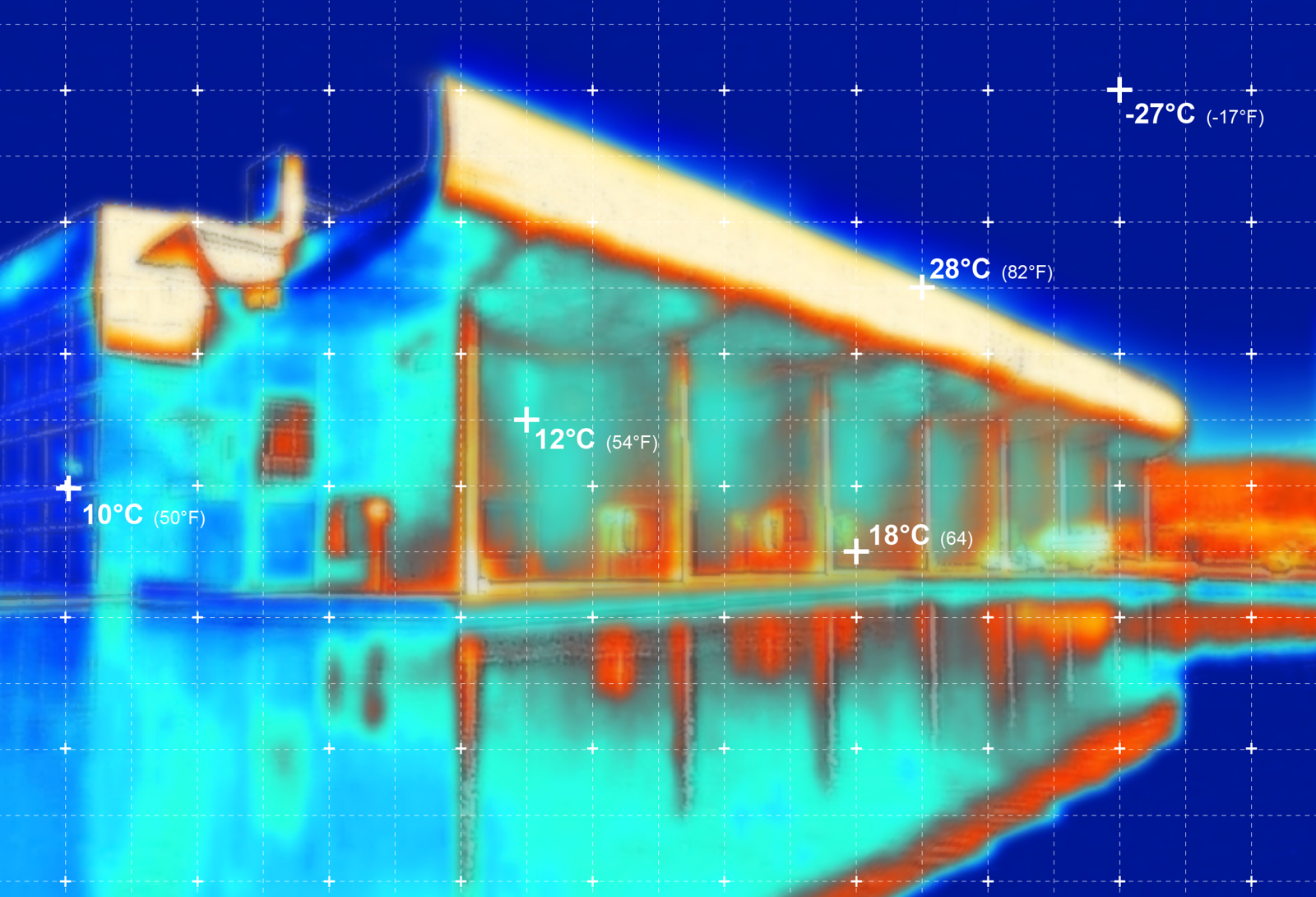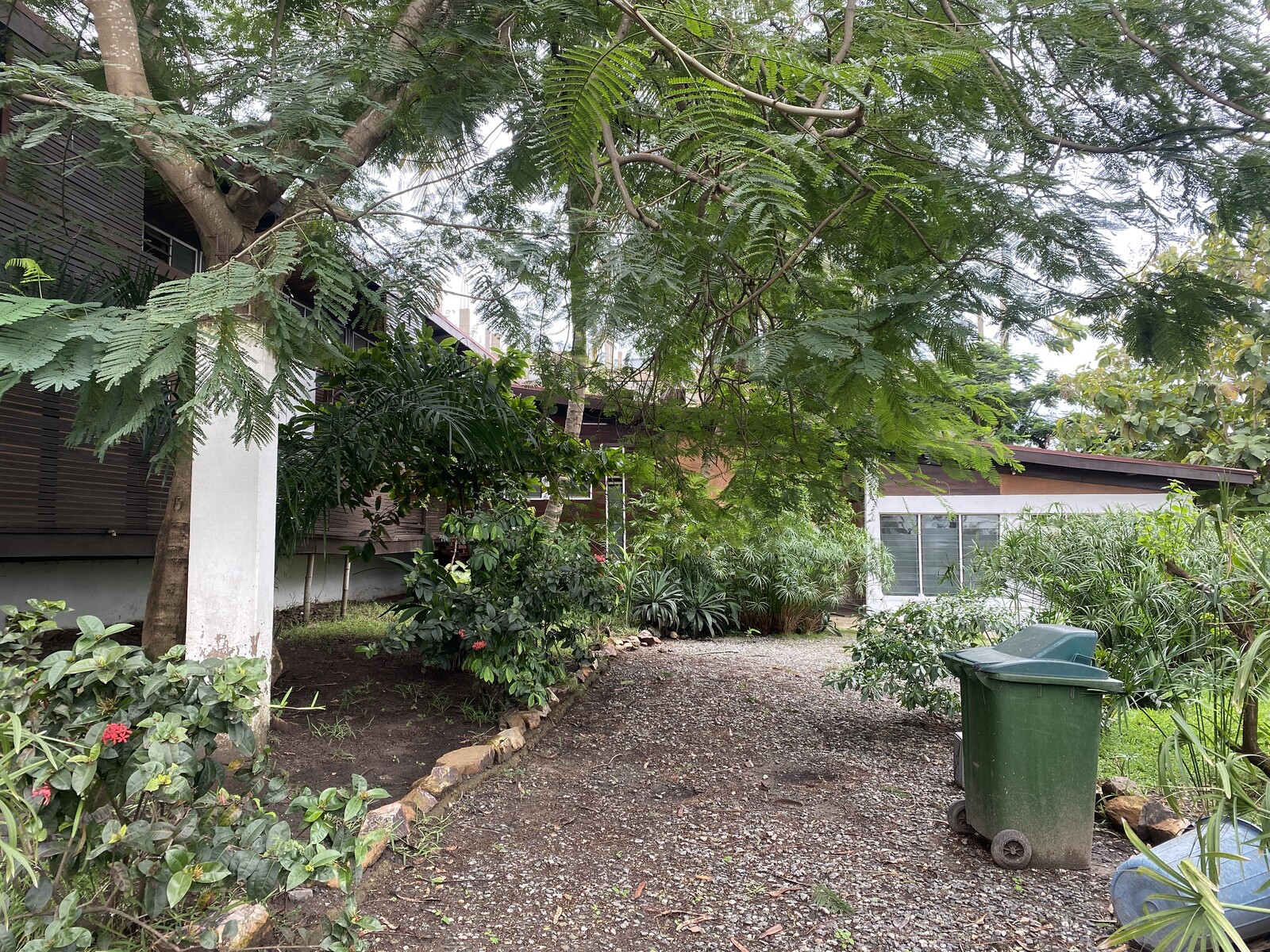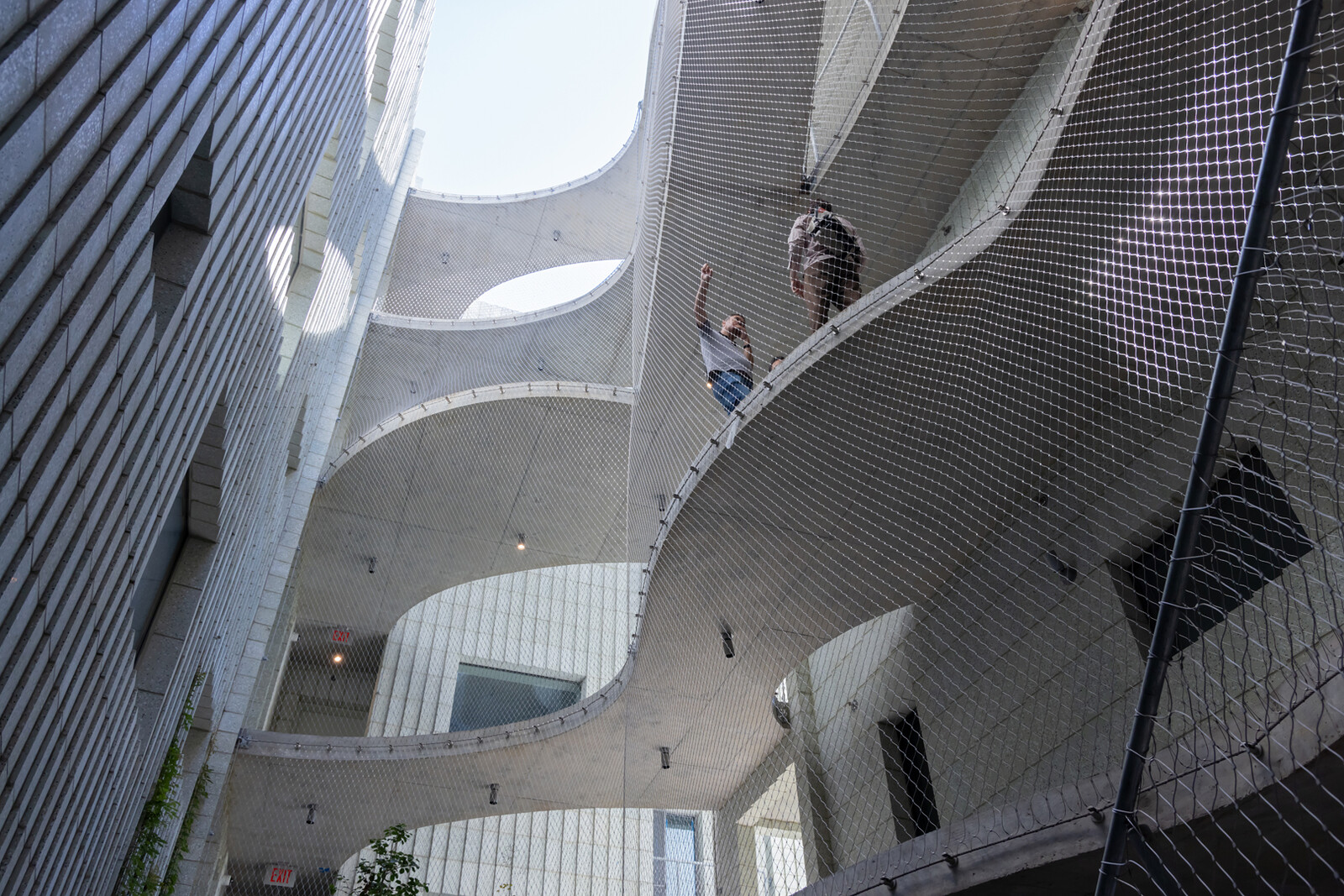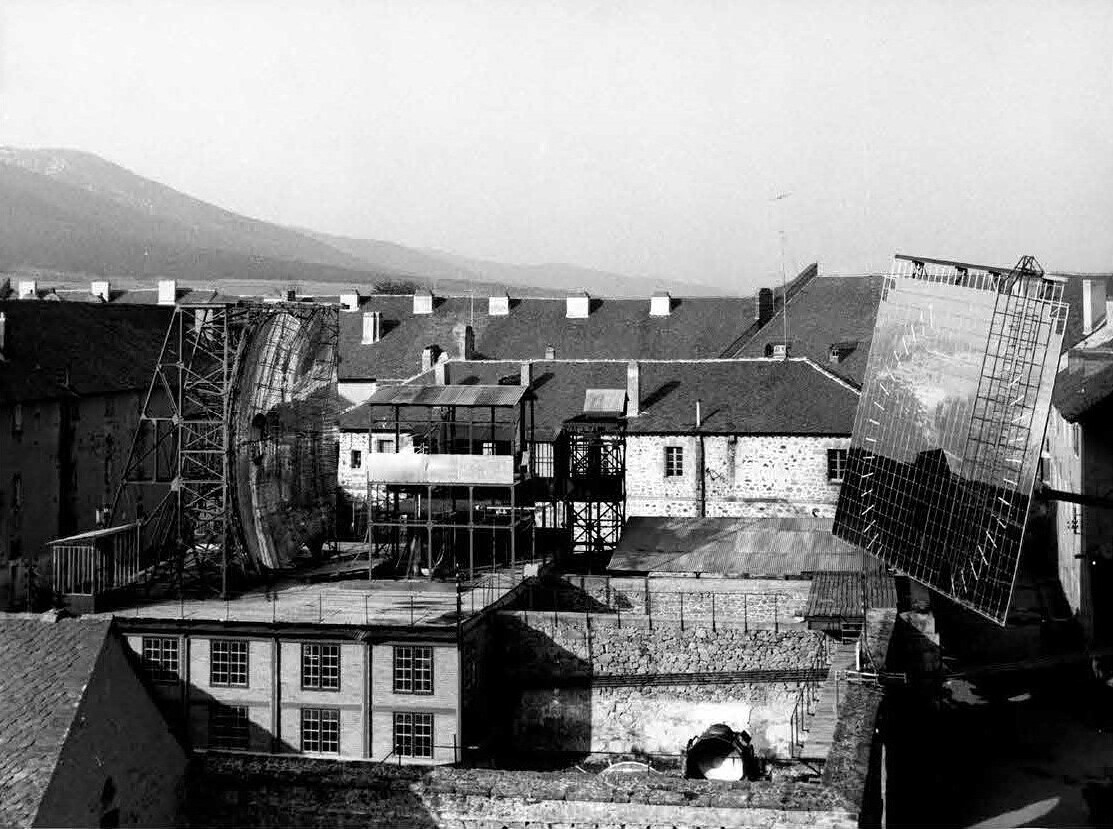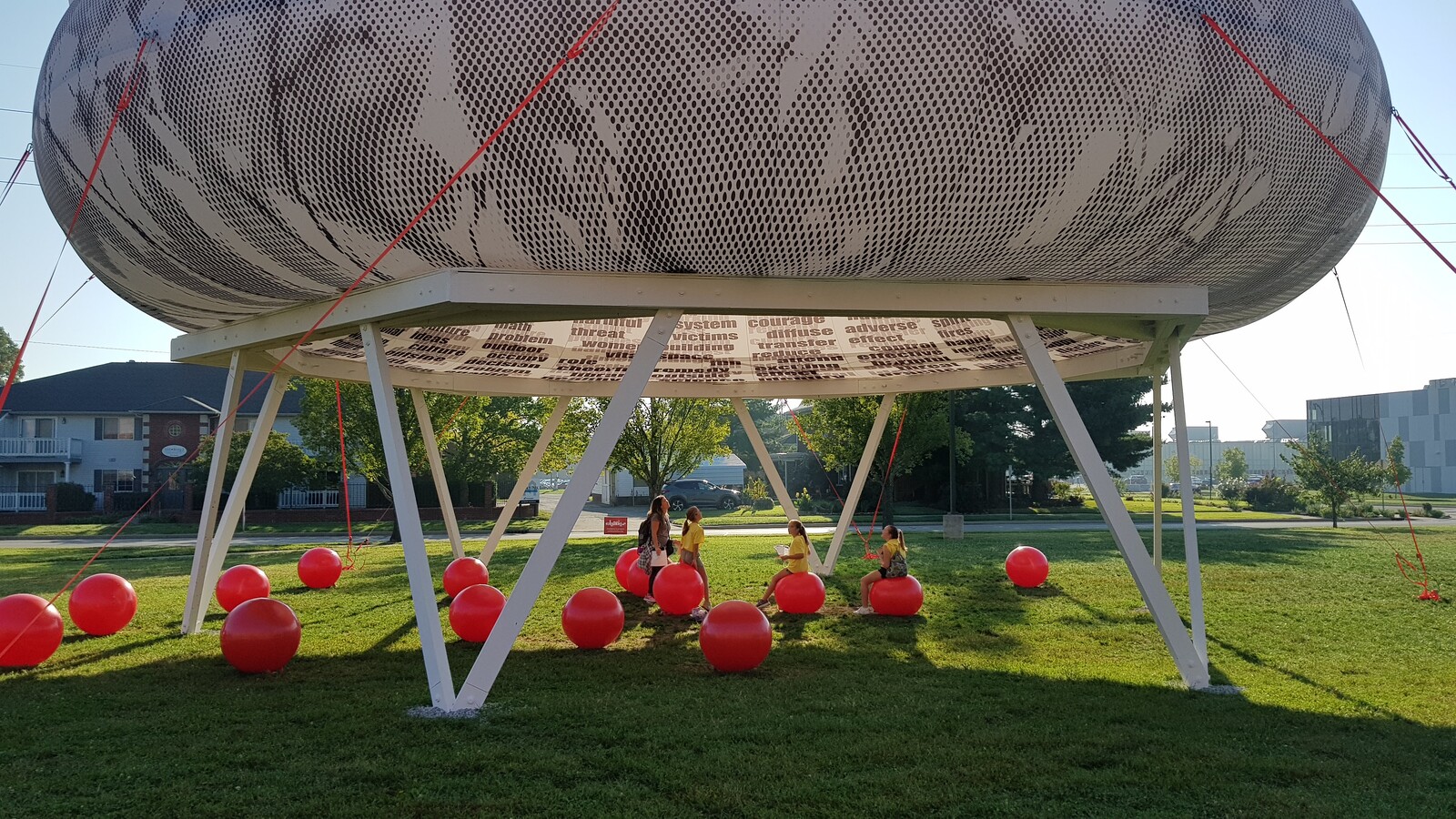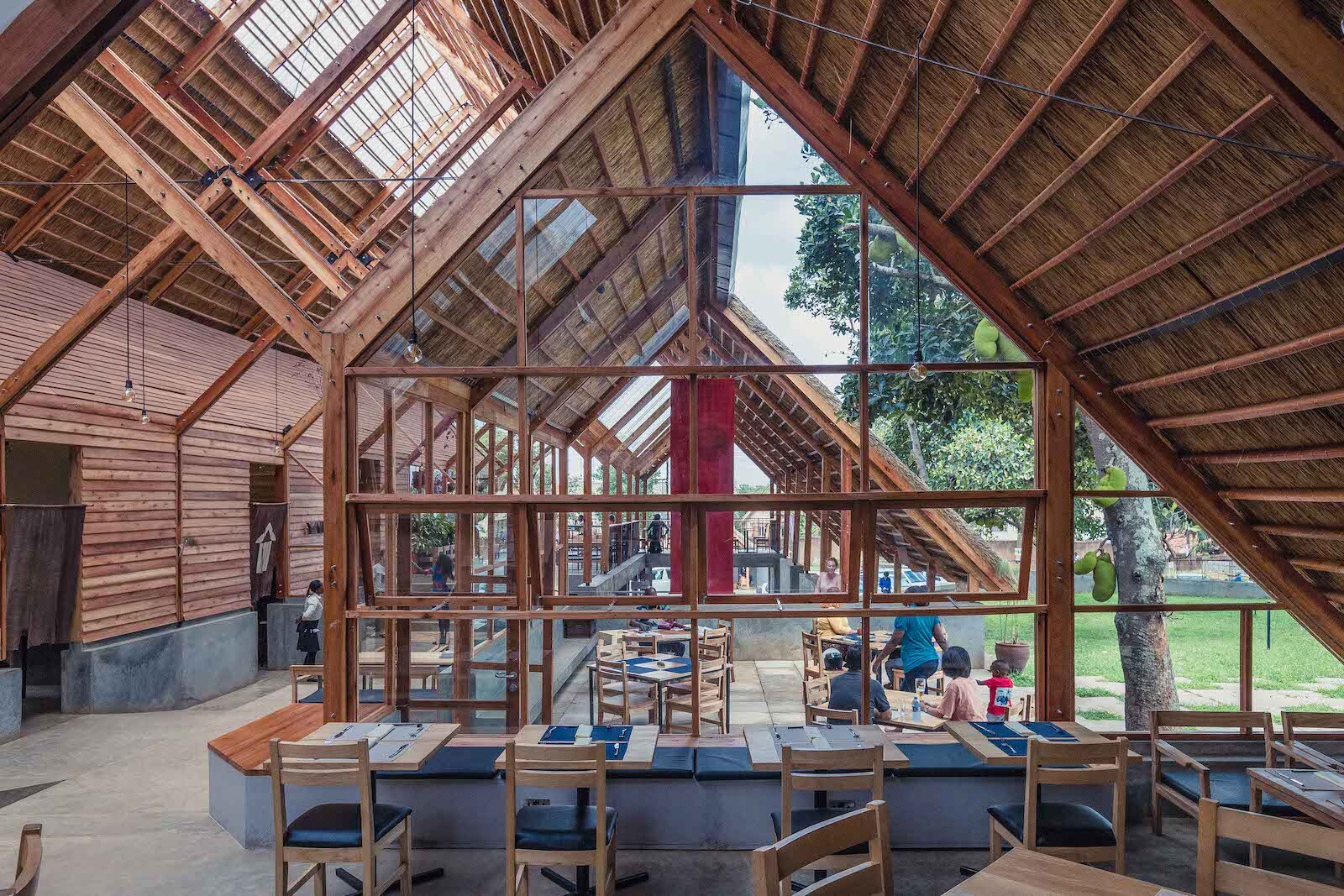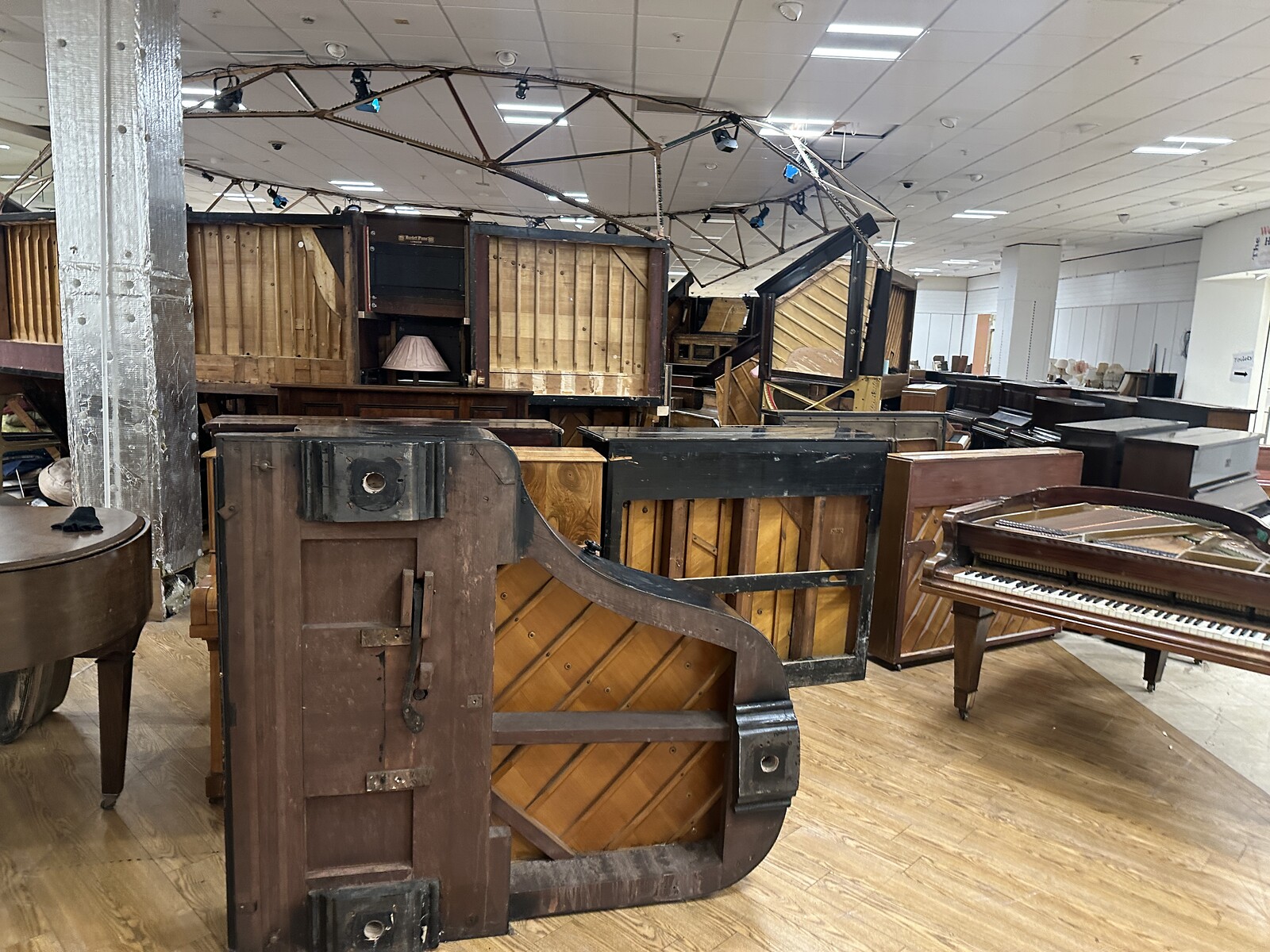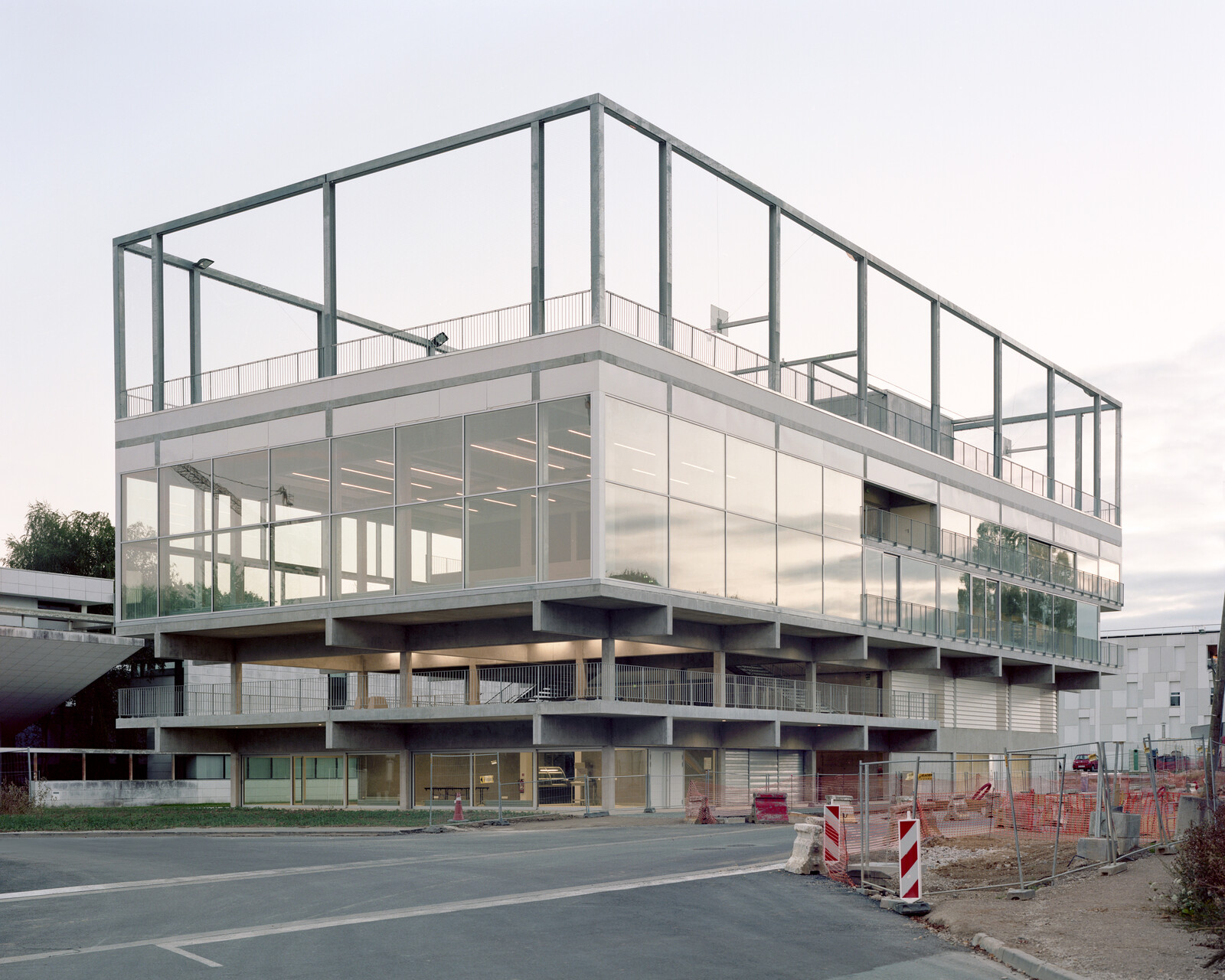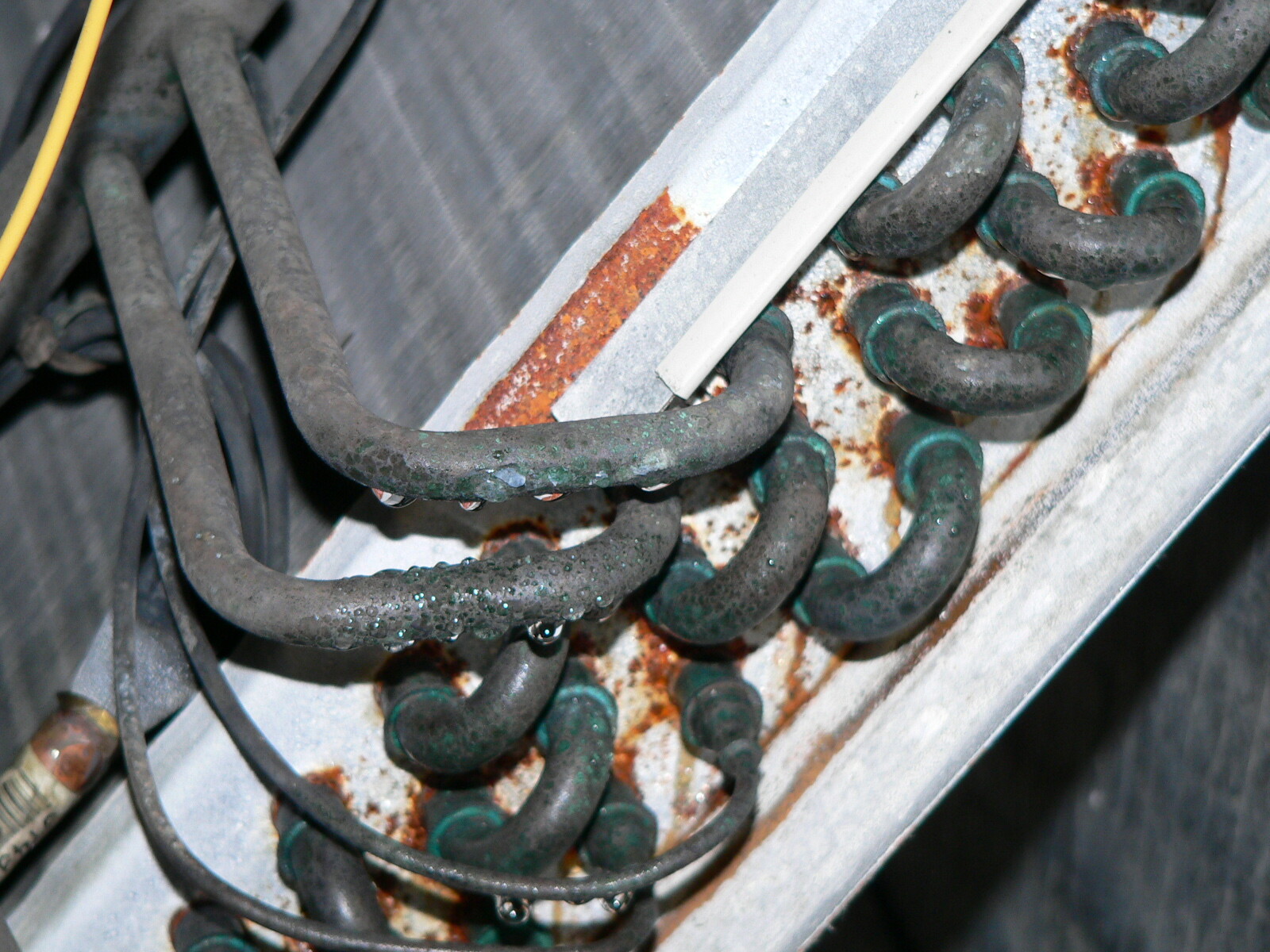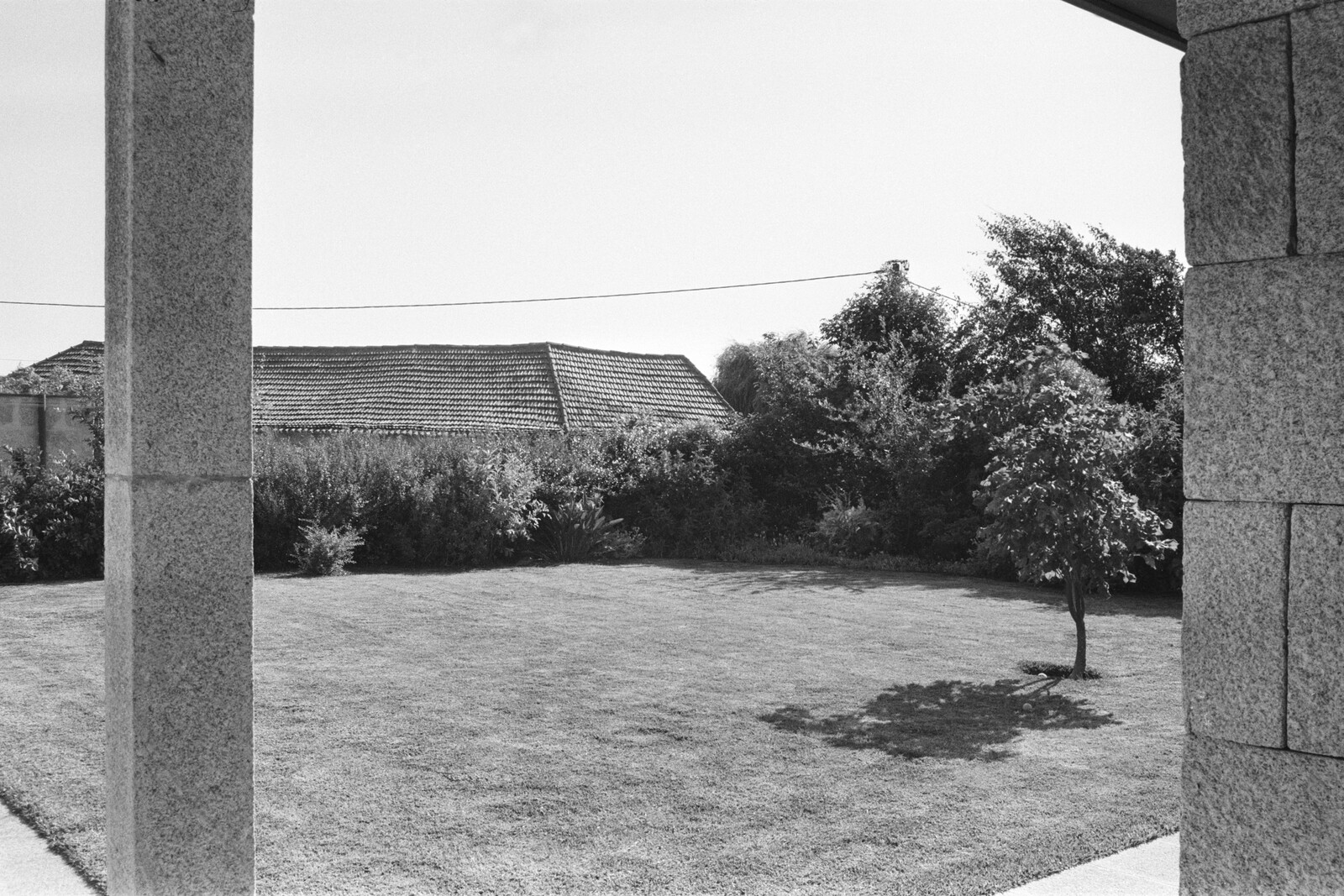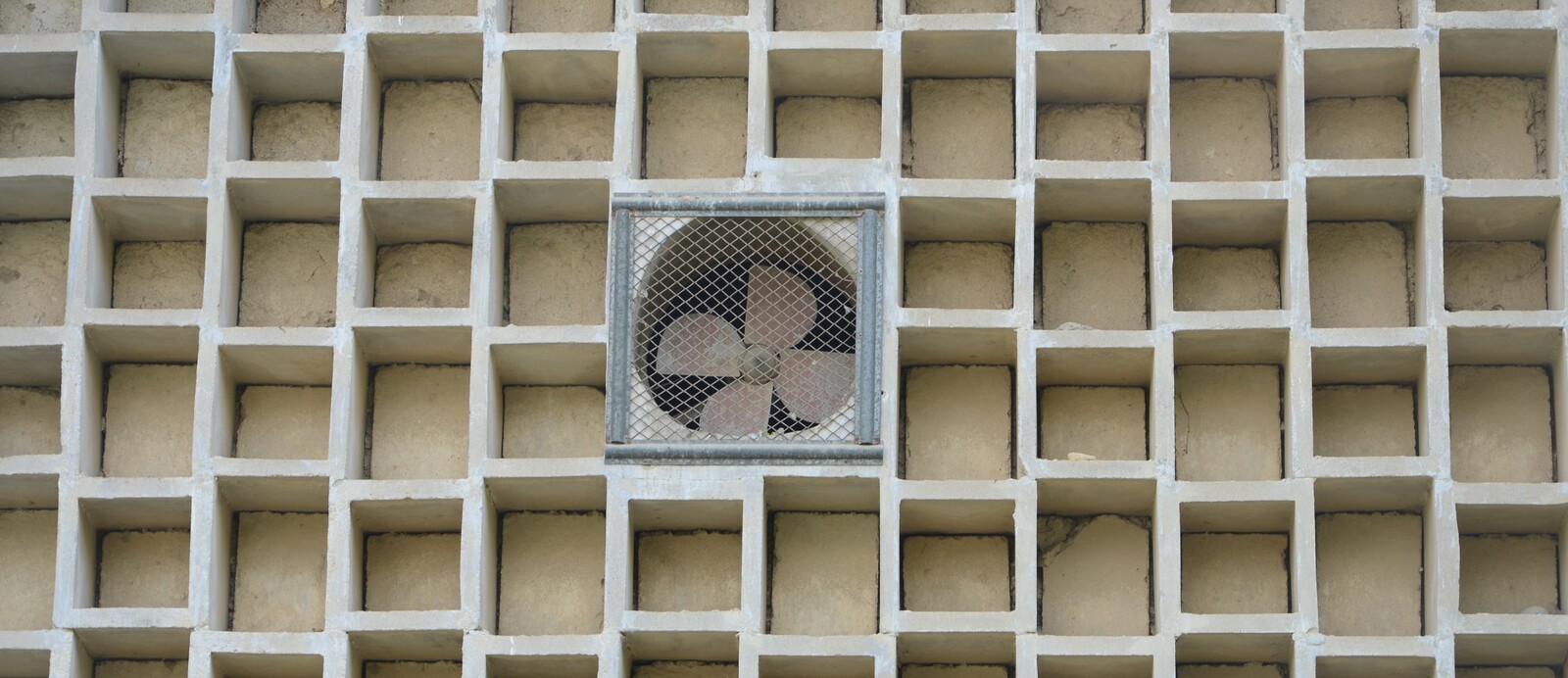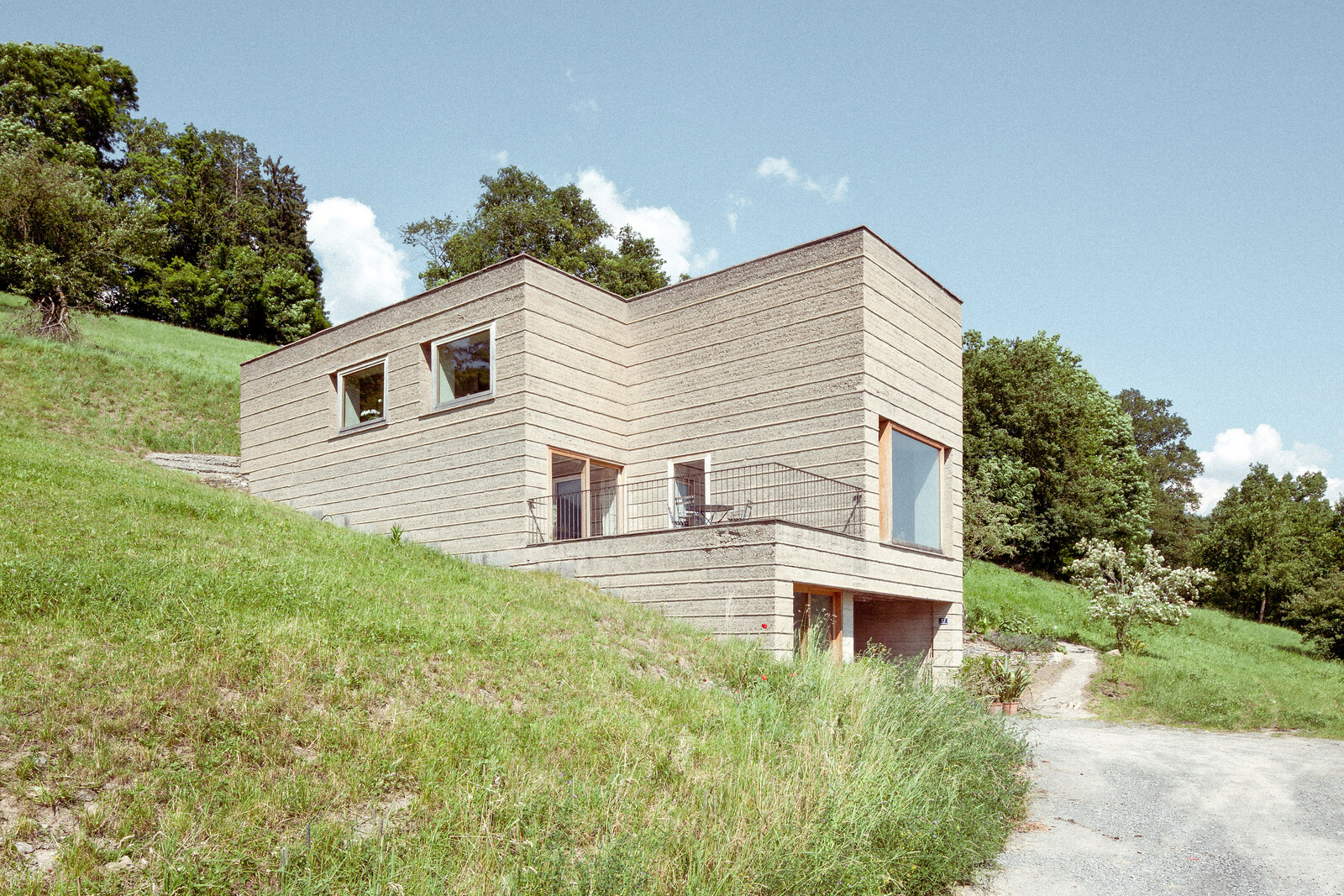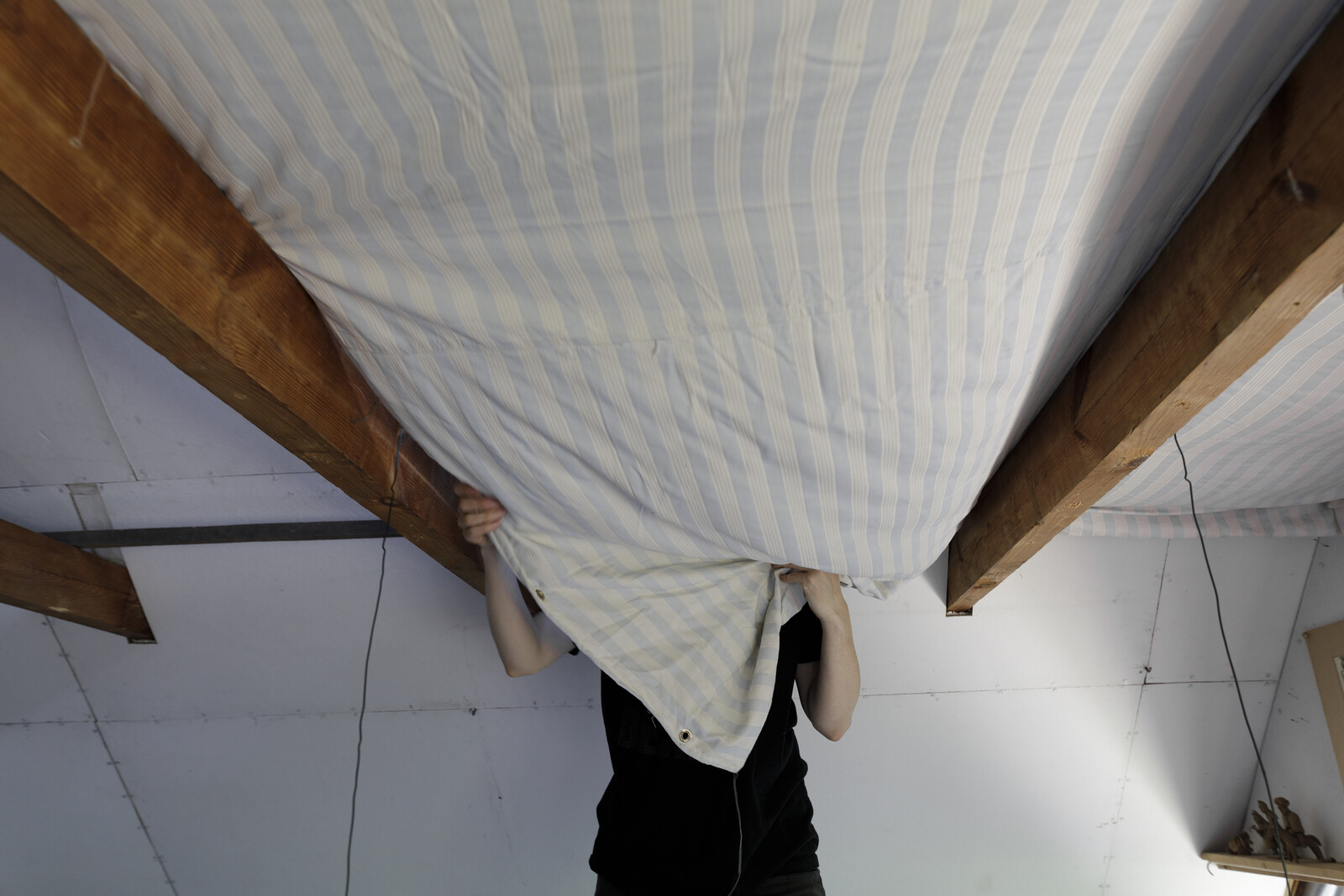I was also searching for a house in which I could live and work and make a world at my own pace, but even in my imagination this home was blurred, undefined, not real, or not realistic, or lacked realism. I yearned for a grand old house (I had now added an oval fireplace to its architecture) and a pomegranate tree in the garden. It had fountains and wells, remarkable circular stairways, mosaic floors, traces of the rituals of all who had lived there before me. That is to say the house was lively, it had enjoyed a life. It was a loving house.
—Deborah Levy1
In Deborah Levy’s recent semi-autobiographical novel Real Estate, she imagines a house for herself. In the midst of gathering together her life after her divorce, imagining the house of her dreams becomes a tool to reflect, and allow her to reflect upon, her identity. Objects from her past, like an oval fireplace, fill the house, and are described with careful, intimate detail. From these spaces filled with both memory and desire she is able to explore her life, to draw threads between her thoughts and feelings in a moment of upheaval. The house, albeit imaginary, is her space of comfort.
Today, comfort in the home has too often come to mean excess. Home describes not a space to be comfortable, but rather a space that is convenient, a servant to the whims of its occupant. It is designed to pre-empt needs, providing ample space for all possibilities. This idea of comfort entails the ability to remove oneself from as many aspects of public life as possible. Why go out to the gym or the movies when, for the right price, you can build one inside your house? To be comfortable is to minimize effort and time.
This idea of comfort as convenience does not take shape as a cozy space adorned with objects that evoke memories, desires, or dreams, but as manufactured taste, tussling between expectations of grandeur and your neighbor’s Pinterest palette. Personal touch has been quashed by the real estate market, where the conversation is dominated by resale value and little space is left for the expression of one’s identity. There, it is better to “play it safe.” The double basin, otherwise known as the “his-and-hers sink,” for instance, is an object born out of comfort as convenience. To resolve a single moment of conflict like negotiating brushing our teeth at the same time as our partner, designers will either enlarge the bathroom, squeeze in a second sink, or both. Designs such as this come with increased costs and occupy valuable space, all to satisfy a box-ticking idea of luxury.
In contrast to comfort as convenience, comfort can also be seen as joy. This comfort is a feeling dependent on intimacy, affection, closeness, and knowing. It is easy to imagine this with family or friends, but this could also be a spatial experience, a relationship with an object. It might be a favorite gift, the calming atmosphere of a room, a cheap trinket picked up on vacation, or a piece of self-made furniture. We love these objects, despite their imperfections. This sense of comfort is integral to the sensitivities of material re-use. Each material brings a past life, and often imperfection, that constructs character, familiarity, and a sense of connection that brings us comfort as joy.
Market trends and building practices in Sydney create astronomical volumes of detritus. Our design methodology involves sourcing specific materials from construction sites during demolition or from product suppliers with excess stock or leftovers. The particularities of these physical materials establish a connection that is brought to our conversations with clients. As we move through the design process, the client develops a sense of familiarity not just with the overall spatial and programmatic prospects of the design, but also each unique material and its stories. What results is a manifestation of quirks, habits, and tastes.
Our Potts Point kitchen project, a tight five-square-meter space, builds upon the framework of the existing kitchen and intermingles the existing art-deco interior, a selection of available reused materials, and a love of cooking. The existing countertop was in dire condition and required replacing. With only an approximation of area, we first went to local marble suppliers to explore available materials. A design process grounded in material reuse requires material specification from the beginning. With direct input from the client, we selected offcuts of Viola Fantastico and Super White Dolomite to form the countertop and backsplash, with complementary offcut slabs of Concordia Marble, Viola, New York Marble, and Verde Guatemala to be installed as above-counter shelving.
The countertop was laid upon the existing timber kitchen structure, with the marble backsplash replacing the now-deinstalled tiles. At the window junction, another marble slab sits atop the sill, continuing the marble band that rings the kitchen, to form a small shelf to store oils and salts. The capping of the marble backsplash appears unfinished, but this gap between the backsplash and the wall helped us to resolve the complex ornamental details of the room. Originally, we conceived a metal angle that would be fixed to the top of the backsplash and carefully cut to navigate the existing ornament. Instead, however, the occupants decided to retain the small gap and express the finished slab edge. It is an aesthetic choice they enjoy, as well as a great place to hook utensils.
The steel fixings for the marble shelves are offcuts from palisade fencing that were repurposed from a local steel supply, and refinished and painted before being installed. These found materials often come with imperfections, but dents, knicks, cracks, and bumps are part of the material’s character, and at the same time can offer up small opportunities for bespoke design moments. For example, a dent at the front of one of the steel rods caused a misalignment with the slab that sits above it, but is a perfect indent to hang cloves of garlic, or salami. In order to value things as they are, defects should be managed, not replaced.
This kitchen is a reflection of the owners’ love for food and cooking, paired with their aesthetic sensibility as well as an intimate understanding of the histories of the space and of each of the unique materials used in the renovation. Consistent conversation with the client about minute decisions and selections throughout the design process constructs an intimate familiarity between them and the space. By celebrating the clients’ habits and tastes, as well as each of the materials that comprise it, the kitchen becomes a space of joyous comfort.
Deborah Levy, Real Estate: A Living Autobiography (New York: Bloomsbury, 2022).
After Comfort: A User’s Guide is a project by e-flux Architecture in collaboration with the University of Technology Sydney, the Technical University of Munich, the University of Liverpool, and Transsolar.
